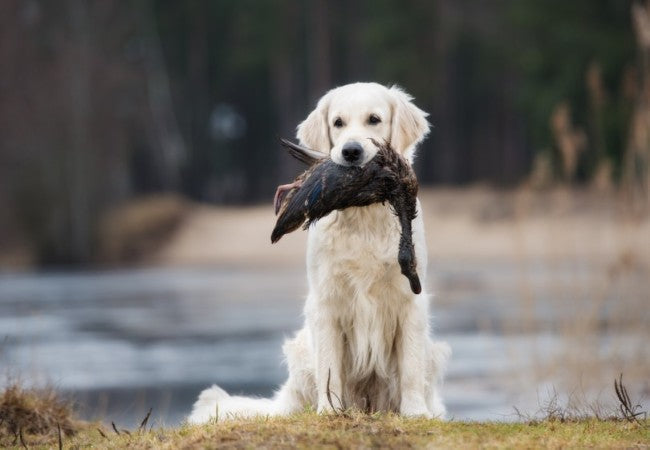Vet Approved Guide Understanding Prey Drive in Dogs 2025 🐕

In this article
Vet Approved Guide Understanding Prey Drive in Dogs 2025 🐕
By Dr. Duncan Houston BVSc
Ever wonder why your dog can’t resist chasing squirrels, birds, or even leaves blowing in the wind? That behavior might be part of your dog’s prey drive—a deeply instinctual behavior that varies by breed and can affect daily life. 🐾
This guide explains what prey drive is, which breeds have strong prey instincts, how to manage it safely, and how to work with—not against—your dog’s natural impulses using tools from Ask A Vet. 🧠
🔍 What Is Prey Drive?
Prey drive is a dog’s instinctual urge to pursue and capture moving objects. It stems from ancestral hunting behaviors and includes several stages:
- 👀 Sight/alerting to movement
- 🐾 Chasing
- 🐶 Grabbing or biting
- 🦴 Shaking or carrying the object
Some dogs express only parts of this sequence (e.g., chasing), while others may follow it through. Understanding which stage your dog “lives in” is key to managing it. 🧠
🐕 Breeds with Strong Prey Drive
Breeds bred to hunt, chase, or retrieve often have high prey drive, including:
- 🎯 Border Collies, Australian Shepherds (herding)
- 💨 Greyhounds, Whippets (sight hounds)
- 🦴 Terriers (ratting and burrow hunting)
- 🧭 Beagles, Bloodhounds (scent tracking)
- 🎾 Retrievers, Spaniels (game recovery)
Other breeds may have low prey drive and tolerate small animals well—such as Cavaliers or Newfoundlands. 🧸
😬 Signs Your Dog Has a High Prey Drive
- 🚨 Sudden lunging at birds, squirrels, or joggers
- 🎾 Chasing toys obsessively or fixating on movement
- 🐕 Difficulty recalling when distracted
- 👁️ Freezing and staring at potential targets
Prey drive isn’t “bad”—but it needs management, especially around small animals or off-leash environments. ⚠️
🧠 Training Techniques to Manage Prey Drive
2. 🧵 Long-Line Training for Recall
- 🦮 Use a 15–30 foot leash to practice outdoor control
- 🐾 Reward checking in, not just returning
3. 🛑 Manage the Environment
- 🔐 Fenced yards and leashed walks only
📱 When to Contact Ask A Vet
- 📉 Prey drive becomes compulsive or dangerous
- 🩺 You suspect neurological or anxiety-based chasing
- 📋 Need guidance choosing training approaches or behaviorist referrals
🐾 Redirecting Prey Drive into Healthy Outlets
- 🎾 Fetch or flirt pole play (on cue)
- 🧠 Nosework or scent detection games
- 🐕 Agility or flyball for controlled chase satisfaction
Structured play reduces frustration and channels your dog’s instincts positively. 🏆
🚫 What NOT to Do
- ❌ Don’t punish the chase—it’s instinctive, not “naughty”
- ❌ Don’t trust your dog off-leash without proofed recall
- ❌ Don’t ignore the signs—it won’t “go away” with age
✅ Final Thoughts: Understand and Guide, Don’t Suppress
Prey drive isn’t a problem—it’s a powerful drive that needs structure, management, and understanding.and expert advice from Ask A Vet, you can turn prey drive into a safe, enriching part of your dog’s life. 🐶💛
Quick Recap:
- 🔍 Prey drive = natural chase/hunt instinct in dogs
- 🐾 Strong in Terriers, Hounds, Herding Breeds
- 📱 Ask Ask A Vet for behavior plans or referrals
Need help managing prey drive? Visit AskAVet.com for tailored training advice. 🐾






